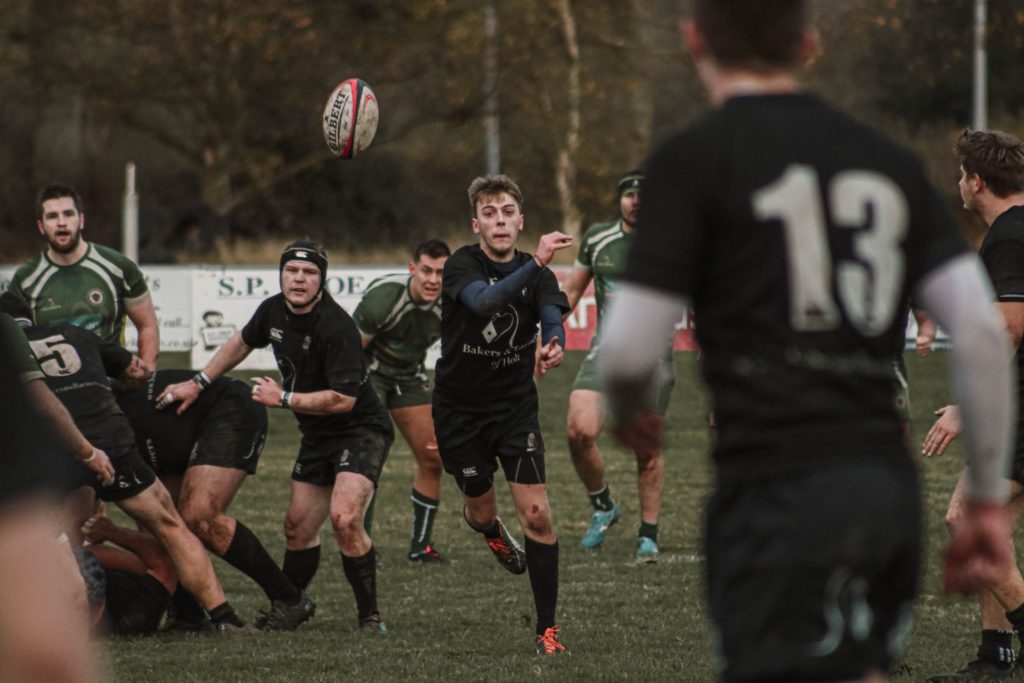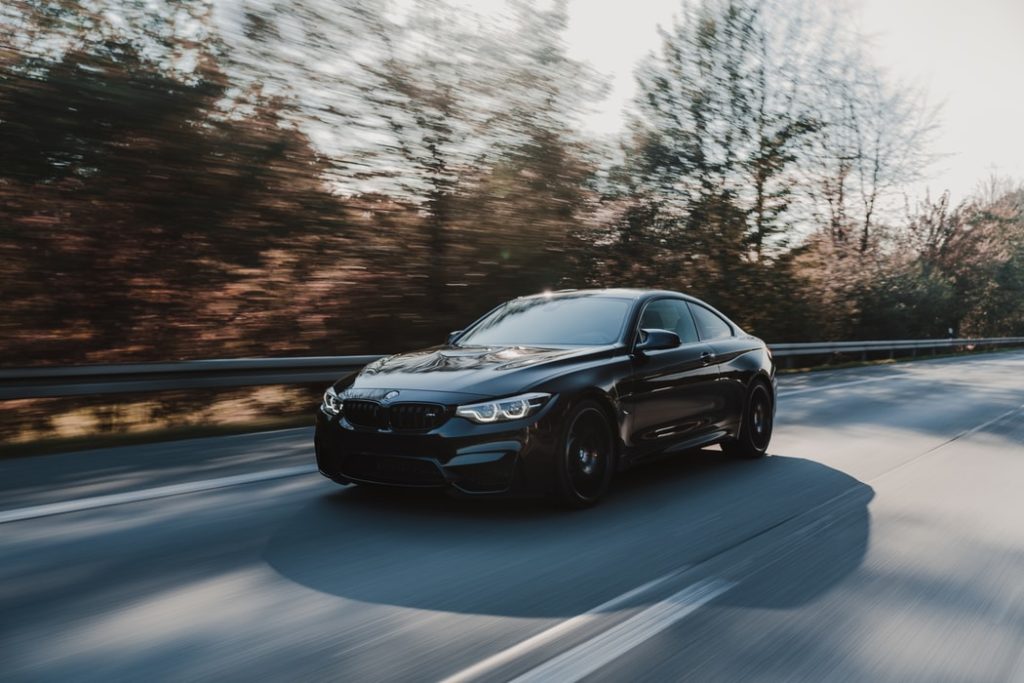Today we are going to cover 7 great sports photography tips that will have you in the action in no time.
Capturing sporting events can be really thrilling – it requires proper preparation, timing and a little bit of luck too. If you’re amazed by action shots you can see in various magazines and you want to achieve something like that on your own, make sure to learn the basic tips and tricks before you move on to something more elaborate!

1. Know The Rules Of The Sport
It's quite important that you have at least the basic knowledge of the sport you’re shooting. This means that you should know the rules of the sport – they will help you understand what, when and how to shoot. In fact, the better you know the game, the better your photos will be. Luckily, even if you’re not an expert, you can always find online resources about the sport you want to shoot and learn about the rules as well as the best shooting positions and types of images you should try to achieve.
You should also check what kind of equipment is required for shooting the sport you're interested in.

2. Have A Telephoto Zoom Lens
Ok, so of our sports photography tips this is important – it can be very challenging to shoots sports if you don’t have a proper telephoto zoom lens. This shouldn’t scare you away – nowadays, an entry-level telephoto zoom lens costs around $200.
For instance, something like a 55-200mm f/4-5.6 will give you a lot of flexibility with your shots (and it’s quite affordable!) but if you’re looking for a better option you can check out a 70-200mm f/2.8 – that’s a fantastic choice!
To learn more about ideal lenses for sports photography, check out this article.

3. Be Mindful Of The Lighting
Just like in portraiture, you have to be very careful about lighting in sports photography. If the light is in an unfavorable position, for instance behind the athlete, it will be very hard to achieve proper exposure. You want your subjects to be illuminated as they approach you (facial expressions matter a lot!), so you have to make sure to move if needed or to wait for a more favorable moment. In sports photography lighting cannot be controlled much, so be prepared for many difficult situations.

4. Be Able To Anticipate The Action
Proper timing is of crucial importance in sports photography. You must be proactive and capable of anticipating the action – you can easily miss very important shots if you don't follow what’s happening on the field. This is especially true when it comes to football, basketball, baseball, hockey and similar group sports.
Learn the rhythm of the sport you’re shooting and look for any signs of impending actions, such as jumping or falling.
Dynamic portraits of athletes are usually the best ones, as they really flatter their physique.

5. Use Continuous Autofocus And Burst Mode
In case you don’t know what continuous autofocus is, it’s a very handy camera function that keeps the subject in focus as their distance from the camera changes. All modern DSLRs and mirrorless cameras have this ability, which is extremely useful in sports photography.
In addition to continuous autofocus, you should also use continuous shooting mode, also known as burst mode. If you have the option to set how many frames per second you would like your camera to capture, always set it to the maximum – it can be 3, 4, 5 or more photos per second. This is important because it increases your chances of capturing truly great shots.

6. Use Panning
The basic idea behind panning is that you pan your camera along with the moving subject and end up getting a sharp subject and a blurred background. This gives the photograph a feeling of movement and it’s a perfect technique for shooting subjects like cyclists or sprinters.
Panning can be somewhat tricky to achieve. It certainly takes practice and you’ll need to experiment under different lighting conditions.
To learn more about panning, check out this great article!

7. Analyze Your Images After The Event
Don’t fall into a trap of analyzing your images while you’re still at the event – this will make you anxious and you might miss some important moments.
Make sure to take many photographs – something in between 500 or 1000 is quite common. However, expect that about 50 or fewer will be really good and maybe just 10 or 5 of them will be truly outstanding and you’ll want to add them to your portfolio. Once you’re done analyzing your photos after the event, try to understand what you need to improve in order to get even better images next time.

If you want to learn more about sports photography, check out the links below!






